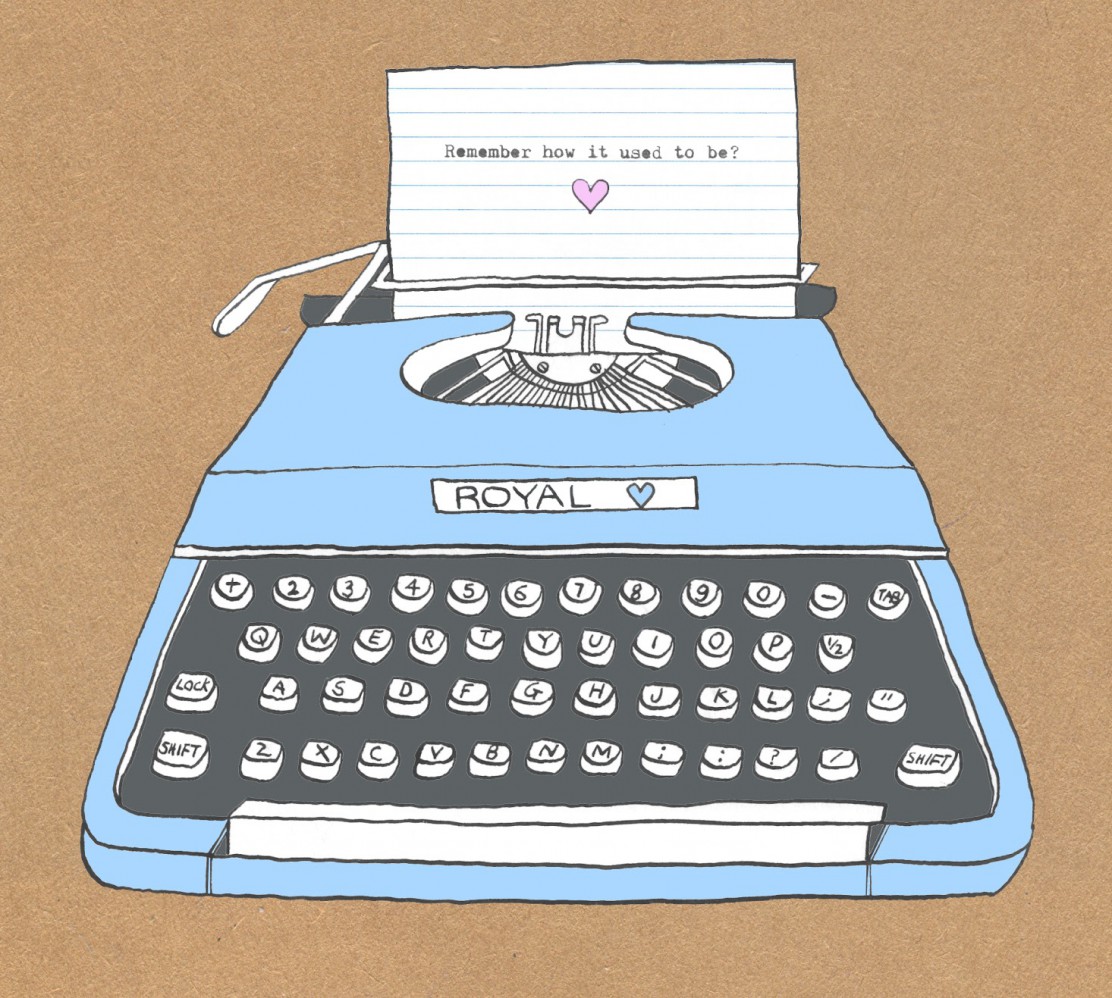 ACT 05 – Photograph.
ACT 05 – Photograph.
.
Photograph is something like a travel,
but very very fast at speed like a click.
Eugenio Turri says: “The photo shoot is a brief moment, a split second generally, but in that moment of intensive participatory, it is seen and understood more than hours spent watching, the charm and sophistication of old photographs is at this: they represent a brief moment, lightning, through which you read a lot of things, ignoring others, the world they reflect.”
It ‘s true, photography, captured fleetingly also puts us in communication with a capacity of which we are not yet aware. Shooting at that time because you can imagine that this is the image that, more than any other, can help us understand that reality. Then, slowly the image can be observed and will reveal many of the things that we had only guessed, and of which we have already forgotten. This is the time of discovery.
Unlike when we look at images that were not created by us, but by another photographer – contemporary to our time-we have to make an act of empathy. This means we need to try to guess what the photographer wanted to express in carrying out the proposed image. The image must be seen for what it offers us materially and what led to his choice.
.
 ACT 05 – Fotografare…
ACT 05 – Fotografare…
.
Fotografare è un po’ come fare un viaggio tanto veloce quanto uno scatto.
Eugenio Turri afferma: “Lo scatto fotografico è un attimo breve, generalmente una frazione di secondo, eppure in quell’attimo, di grande intensità partecipativa, si è visto e capito più di quanto si fosse fatto in ore e ore passate a guardare. (…) il fascino e la preziosità delle vecchie fotografie sta in questo: esse rappresentano un momento breve, fulmineo, attraverso il quale si leggono molte cose e se ne ignorano altre, del mondo che essi rappresentano”.
E’ vero, la fotografia, catturata anche fugacemente ci mette in comunicazione con una capacità di cui noi non siamo ancora consapevoli. Si scatta in quel momento perché si intuisce che quella è l’immagine che, più di ogni altra, può aiutarci a capire quella realtà. Poi, con calma l’immagine si potrà osservare e ci rivelerà molte delle cose che noi avevamo solamente intuito, e delle quali, ci siamo già dimenticati. Questo è il momento della scoperta.
Al contrario quando osserviamo immagini che non sono state realizzate da noi, ma da un altro fotografo – contemporaneo alla nostra epoca- dobbiamo compiere un atto di immedesimazione. Ciò significa che dobbiamo cercare di intuire ciò che quel fotografo ha voluto esprimere nel realizzare l’immagine proposta. L’immagine va guardata per quello che materialmente ci offre e per quello che ha condotto alla sua scelta.
.
ACT 05 – Fotografiar…
.
Fotografiar és com fer un viatge,
però a la immensa velocitat d’un clic.
Eugenio Turri diu: “El dispar fotogràfic és un moment breu, una dècima de segon en ocasions, però en aquest moment de intesa participació, li precedeixen hores observant. L’ànima i sofisticació de les fotografies antigues es troba aquí: representen un breu instant, un llamp, a través del qual podem llegir una gran quantitat de coses, igonrar-ne d’altres en el món que reflexen.”
És cert, la fotografia, captada fugaçment també ens posa en comunicació amb una capacitat de la qual no som encara conscients. Fotografiem perquè imaginem que aquesta és la imatge que, més que cap altra, pot ajudar-nos a comprendre la realitat. Després, a poc a poc la imatge es pot observar i revelarà moltes de les coses que només havíem endevinat, i de la qual hem oblidat. Aquest és el moment del descobriment.
A diferència de quan ens fixem en les imatges que no van ser creades per nosaltres, sinó per un altre fotògraf – contemporani al nostre temps-, hem de fer un acte d’empatia. Això vol dir que hem de tractar d’endevinar el que el fotògraf volia expressar en la realització de la imatge proposada. La imatge ha de ser vista pel que ens ofereix materialment i cap on ens dirigeix la seva elecció.

.
 Published by : Published by :
Francesco Ostento.
|
.
 POEM 01. The House Boy.
POEM 01. The House Boy. POEMA 01. El Nin Casa.
POEMA 01. El Nin Casa. POEMA 01. La casa del ragazzo.
POEMA 01. La casa del ragazzo. 










